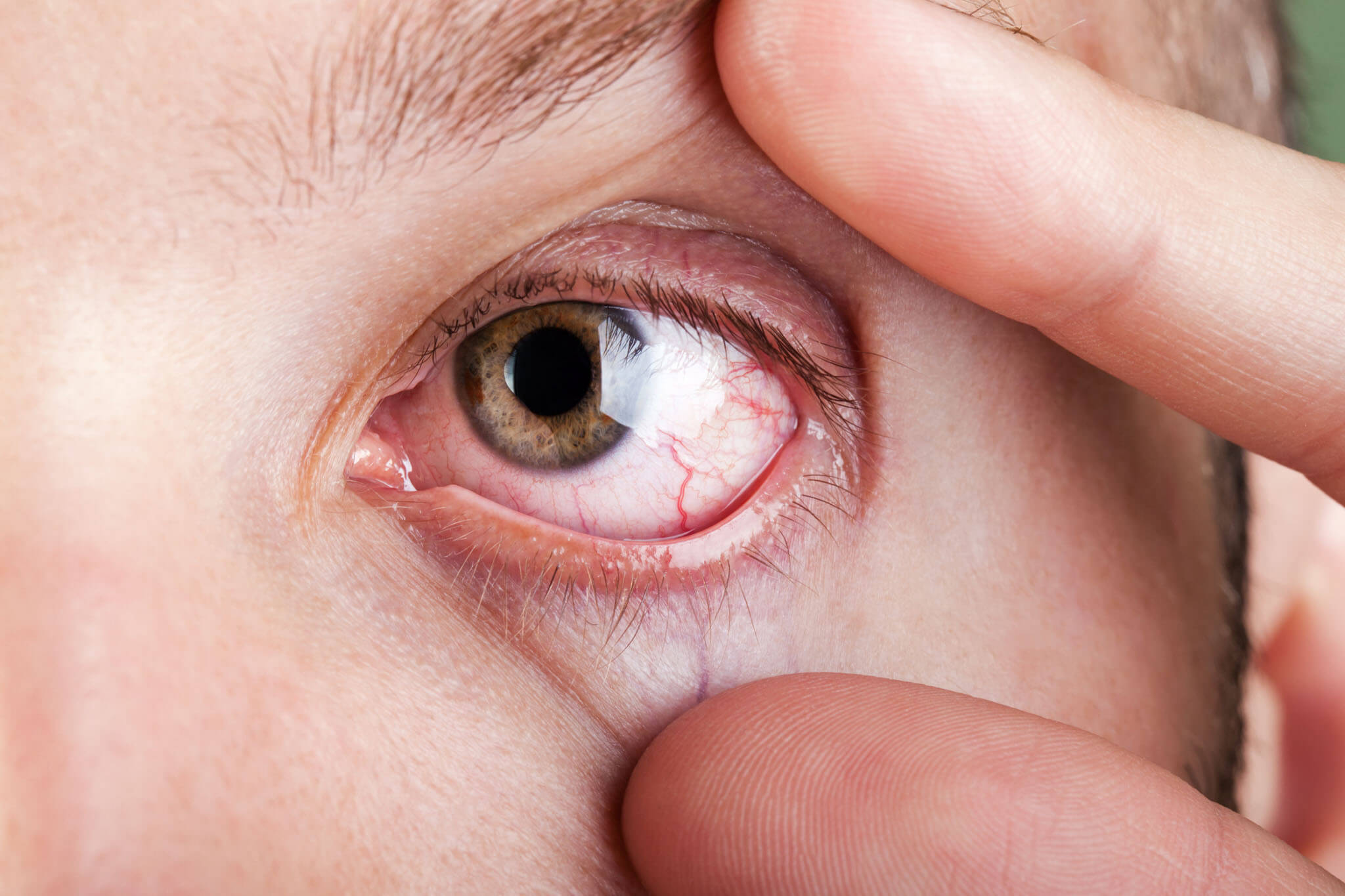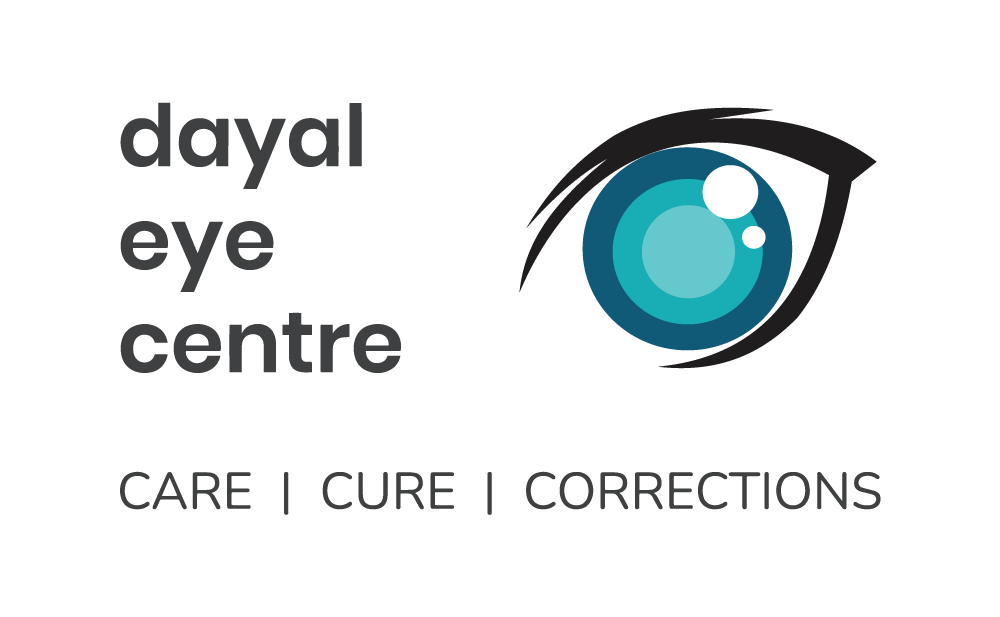
What is Dry Eye Disease?
Dry Eye Syndrome is a condition in which the cornea becomes irritated due to insufficient or ineffective tear production or excessive evaporation of the tear film. It is often associated with inadequate lubrication of the corneal surface, leading to discomfort and vision disturbances. Without proper management, chronic dry eyes can result in long-term eye health issues.
Factors That Increase the Risk of Dry Eyes
Certain individuals are more prone to developing dry eye syndrome due to various lifestyle and physiological factors, including:
- Contact Lens Users: Prolonged contact lens wear can reduce tear film stability, leading to dryness and discomfort.
- Frequent Digital Screen Users: Prolonged exposure to screens (computers, smartphones, etc.) reduces blink rates, leading to tear evaporation.
- Post-Menopausal Women: Hormonal changes can lead to decreased tear production, making women more susceptible to dry eye symptoms.
Symptoms of Dry Eye Syndrome
People with dry eyes may experience one or more of the following symptoms:
- Stinging, Burning, or Itching: Persistent irritation and discomfort.
- Sensitivity to Light: Increased glare sensitivity, making it difficult to be in bright environments.
- Blurred Vision: Often worse in the morning or after extended reading or screen use.
- Redness or a Gritty Feeling: A sensation of having something in the eyes.
Diagnostic Tests for Dry Eye Syndrome
Proper diagnosis of dry eye syndrome is essential for targeted treatment. Advanced diagnostic tools such as:
- IDRA (Interferometric Dry Eye Report Analysis): Helps evaluate the tear film stability and lipid layer deficiency.
- OSA (Ocular Surface Analyzer): Assesses the extent and cause of dry eye, enabling personalized treatment planning.
For expert diagnosis, visit our Retina Treatment page.
Management and Treatment of Dry Eye Syndrome
Treatment depends on the severity and underlying cause of dry eyes. Common treatments include:
- Artificial Tears: Over-the-counter or prescription eye drops to supplement natural tear production.
- Anti-Inflammatory Medications: Cyclosporine (Restasis), corticosteroids, or lifitegrast (Xiidra) to reduce eye inflammation.
- Punctal Plugs: Small devices inserted into the tear ducts to slow tear drainage and retain moisture.
- Lifestyle Modifications: Using humidifiers, taking screen breaks, and frequent blinking can help reduce symptoms.
Advanced Treatment Options
For patients with more severe or persistent dry eye symptoms, advanced treatment modalities may be necessary:
- Meibomian Gland Dysfunction (MGD) Expression: Available at Dayal Eye Centre, this procedure helps relieve blockages in the oil glands that contribute to dry eye symptoms.
- LipiFlow Treatment: A US FDA-approved technology that uses Vector Thermal Pulsation Technology to deliver heat and pressure to the meibomian glands. This helps liquefy and clear gland obstructions, providing long-lasting relief from dry eye symptoms.
Follow-Up Care and Monitoring
Regular follow-up appointments with an eye specialist help track progress and make necessary adjustments to treatment plans. Routine eye exams ensure that dry eye syndrome is well-managed and prevent long-term complications.
For expert evaluation and advanced treatment options for Dry Eye Syndrome, schedule an appointment at Dayal Eye Centre. Visit our Eye Dryness Treatment page for more information.
